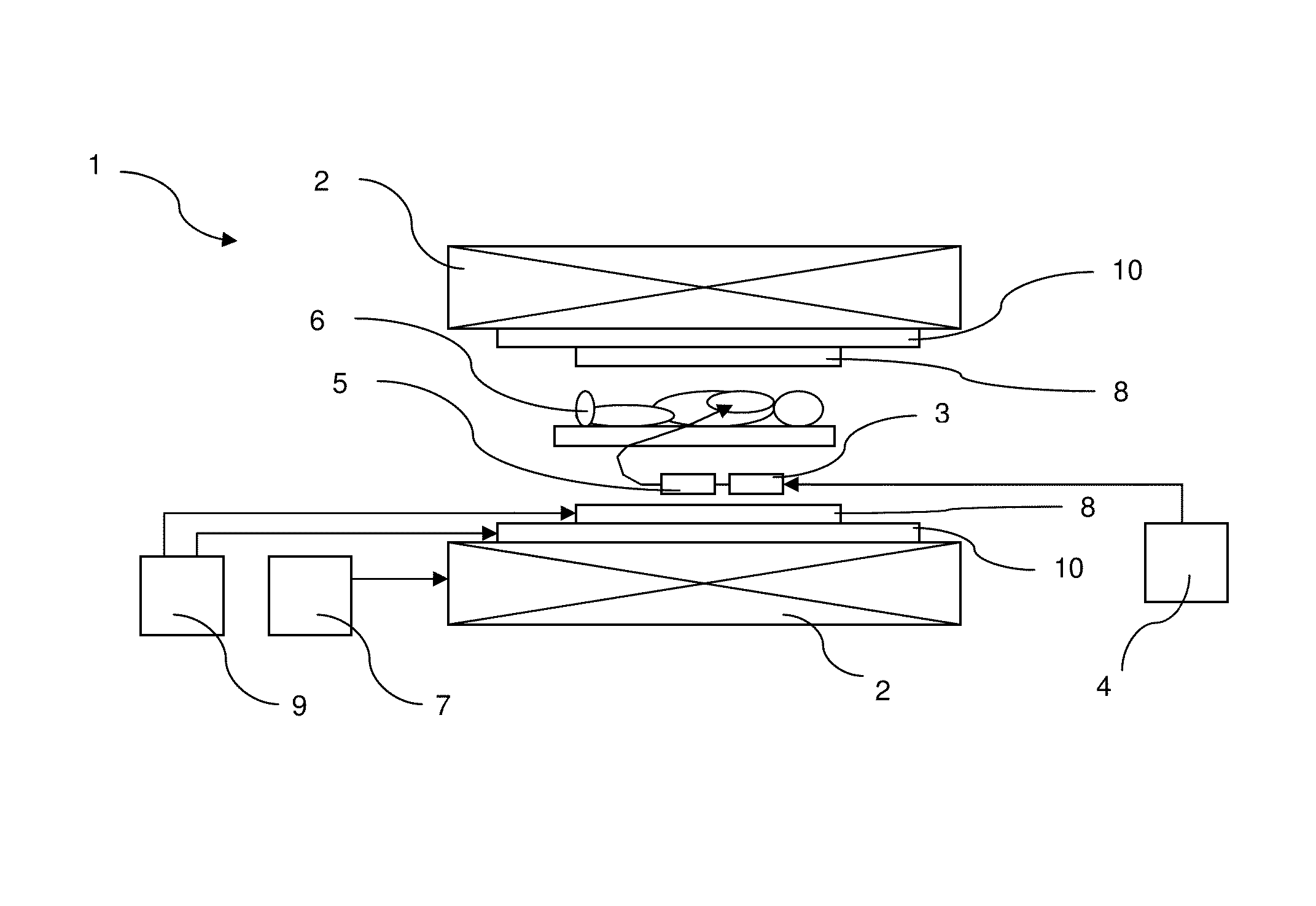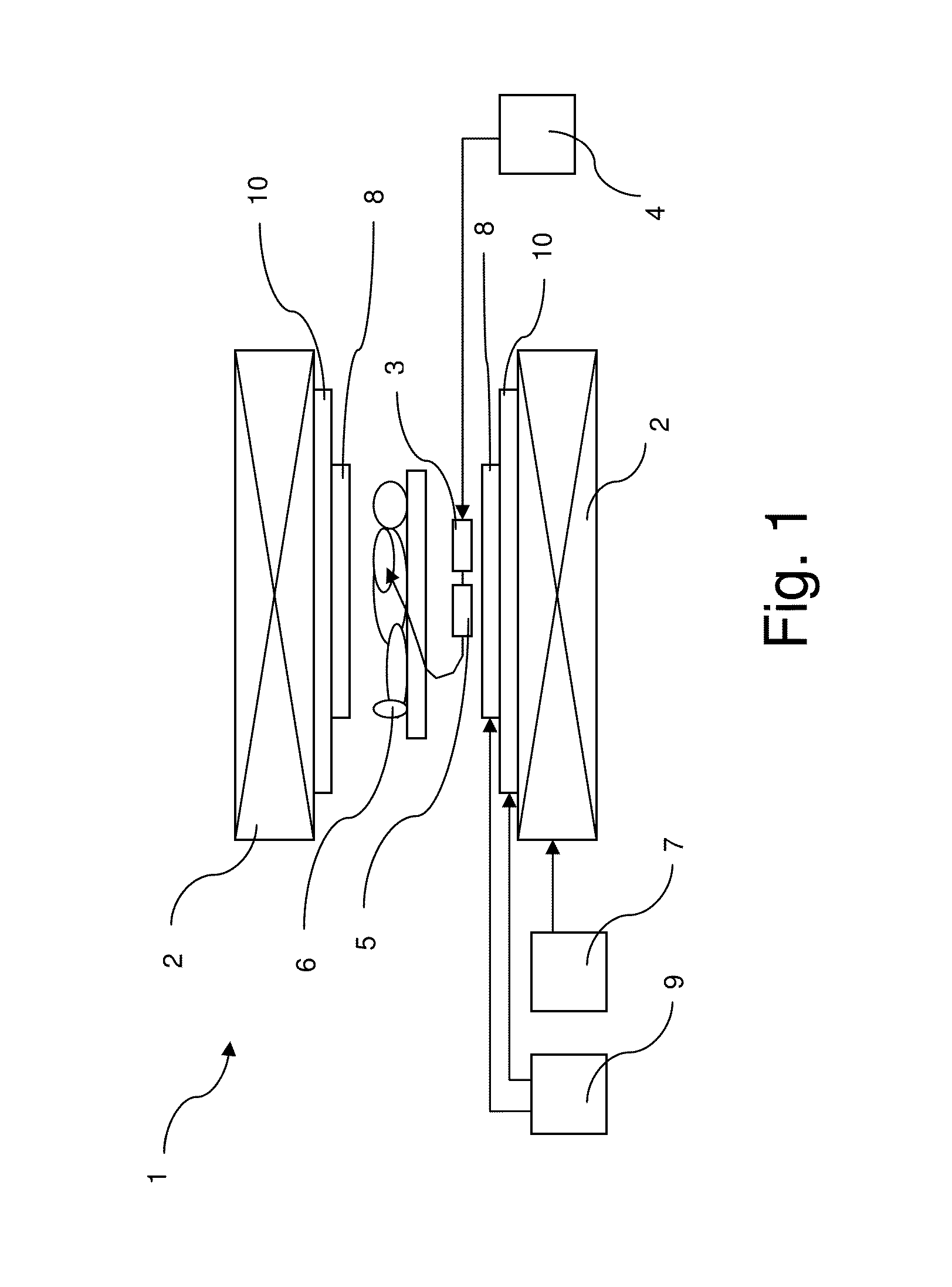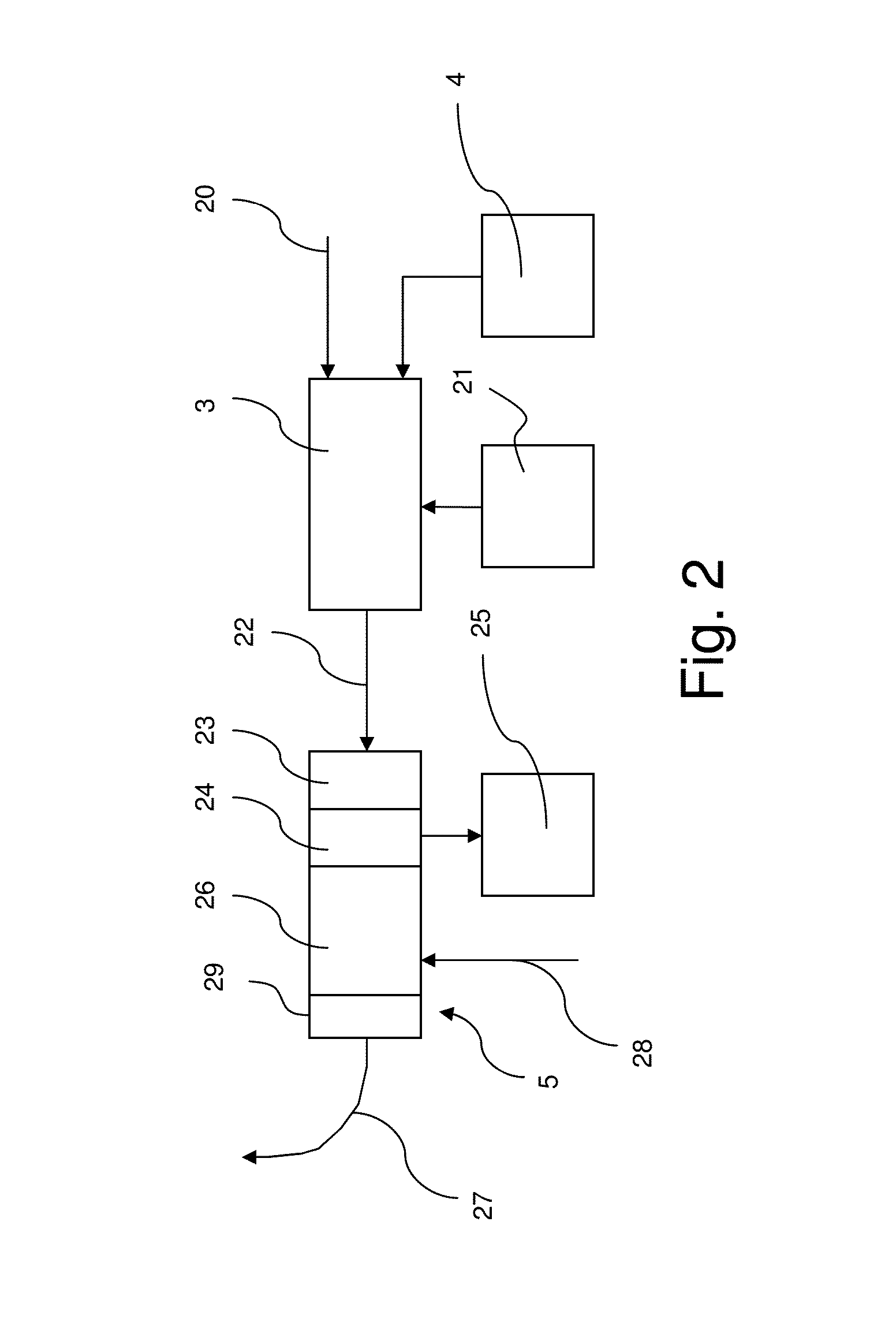Field cycling method for magnetic resonance
a magnetic resonance and field cycling technology, applied in the field of field cycling method for magnetic resonance, can solve the problems of low signal intensities, low sensitivity of nmr techniques, loss of magnetization through relaxation, etc., and achieve the effect of high quality data
- Summary
- Abstract
- Description
- Claims
- Application Information
AI Technical Summary
Benefits of technology
Problems solved by technology
Method used
Image
Examples
Embodiment Construction
Overview Over the Invention
[0054]The invention relates to a field cycling method and an apparatus for magnetic resonance.
[0055]Hyperpolarisation is a well accepted method to enhance the sensitivity of NMR and MRI experiments and a number of methods have been described for the generation of hyperpolarised material (containing hyperpolarized substrate molecules). Two common methods are Dynamic Nuclear Polarisation (DNP) [1] and Para-Hydrogen Induced Hyperpolarisation (PHIP) [2]. These methods have in common that the hyperpolarised material is produced outside the magnet used for MR detection. As a consequence, the hyperpolarised material needs to be transferred to the MR magnet and, unavoidably, magnetisation will be lost through relaxation. This problem is particularly relevant in in vivo metabolic imaging where the hyperpolarised material is typically injected into the subject in the imaging magnet and extra time is required to allow the substrate molecules to be transported via the...
PUM
 Login to View More
Login to View More Abstract
Description
Claims
Application Information
 Login to View More
Login to View More - R&D
- Intellectual Property
- Life Sciences
- Materials
- Tech Scout
- Unparalleled Data Quality
- Higher Quality Content
- 60% Fewer Hallucinations
Browse by: Latest US Patents, China's latest patents, Technical Efficacy Thesaurus, Application Domain, Technology Topic, Popular Technical Reports.
© 2025 PatSnap. All rights reserved.Legal|Privacy policy|Modern Slavery Act Transparency Statement|Sitemap|About US| Contact US: help@patsnap.com



